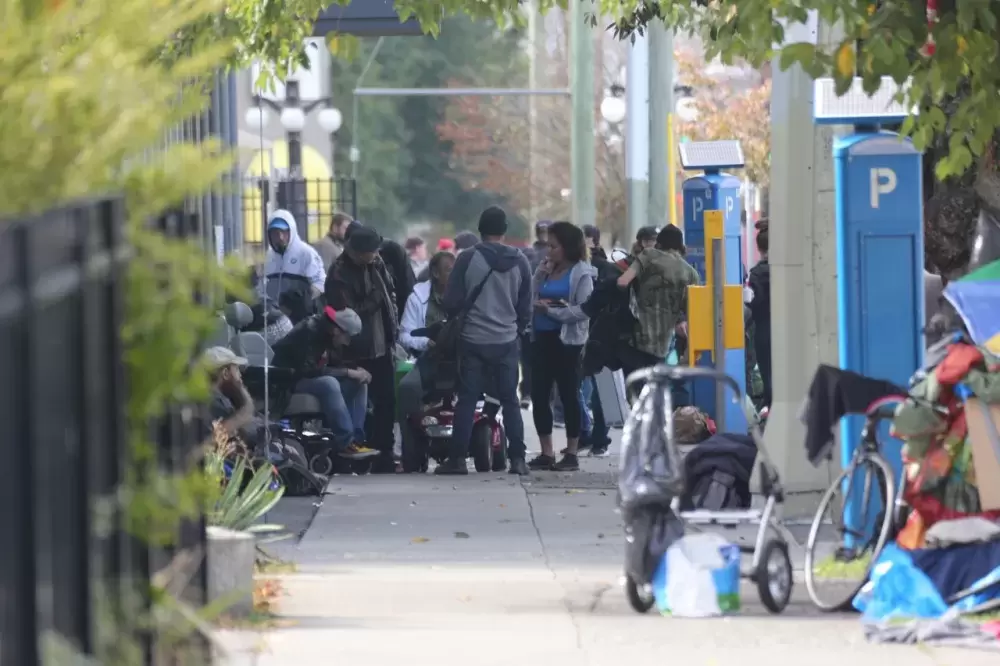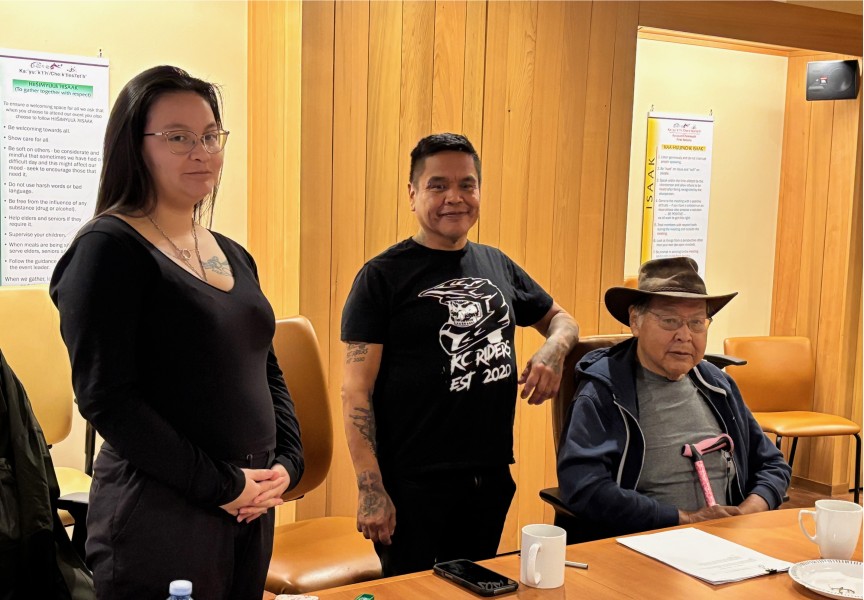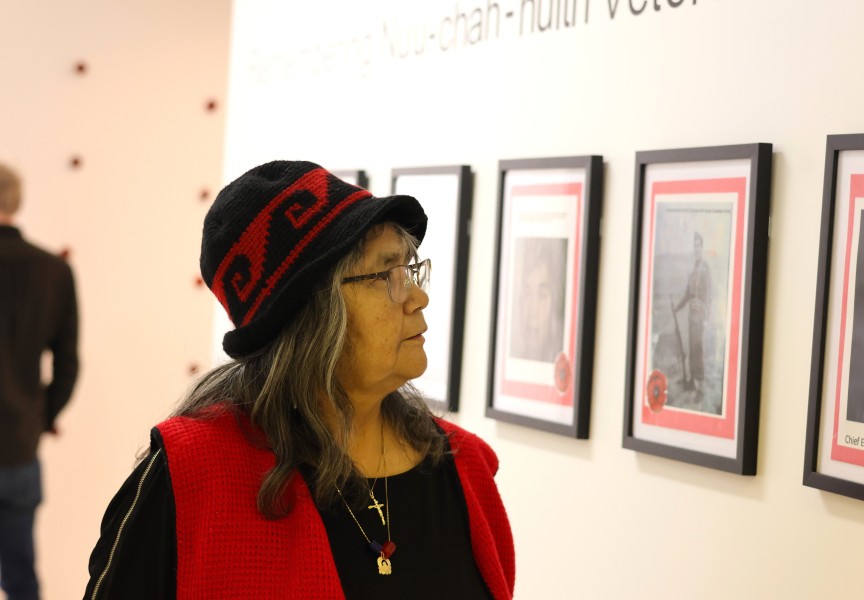Recent numbers of illicit drug overdoses are suggesting that measures in place during the COVID-19 pandemic are taking an increasingly lethal toll on British Columbia’s other public health emergency.
In May the province saw 170 deaths linked to drug overdoses – the highest monthly total since the opioid crisis was declared a public health emergency in April 2016, according to numbers announced on June 11 by the BC Coroners Service. At least three of these deaths were to members of Nuu-chah-nulth nations, according to information gathered by the Ha-Shilth-Sa.
This breaks a decline in the number of fatal overdoses that was seen before the novel coronavirus commanded the attention of health authorities in mid March. B.C.’s illicit drug death total dropped from 1,546 in 2018 to 979 last year.
But a rise became evident in March, when B.C.’s fatality total surpassed 100 for the first time in a year. The increase has continued through the COVID-19 pandemic, and May’s fatal overdose tally exceeds the total number of people in B.C. who have died with COVID-19 since the respiratory disease began spreading early this year.
“[W]ith the immense pressure of two public health emergencies, so many unprecedented factors are bearing down swiftly on us all at once,” said Mental Health and Addictions Minister Judy Darcy in a media statement. “Borders are closed and the usual illegal supply chains are disrupted, leading to drugs that are more toxic than ever.”
Toxicology analysis shows that 119 of the 170 overdose deaths in May were linked to Fentanyl. In April and May, 19 per cent of those who died had “extreme concentrations” of Fentanyl, reports the Coroners Service, compared to the nine per cent rate found in fatal overdoses over the first three months of this year.
Despite the rise in fatalities, ambulance calls for overdoses have not increased during the pandemic. BC Emergency Health Services reports a stable rate of 20 overdose calls per 100,000 residents in the province this year, less than what paramedics saw in 2019, when the rate spiked at 30 per 100,000 residents in March of last year.
Kevin Hollett, communications lead for the B.C. Centre on Substance Use, attributes the recent rise in fatal overdoses to street drugs becoming more dangerous during the pandemic, rather than people using more. The usual drug supply chains have been disrupted, resulting in B.C. dealers selling more hazardous combinations of narcotics.
“It already was incredibly toxic and dangerous, but it’s getting worse,” said Hollett. “We know that the illegal drug supply is a global supply chain, so production, trafficking, all of those things getting disrupted through closed borders and other preventative measures…that’s definitely a contributing factor.”
“The drug supply is unpredictable and highly toxic, and has led to a sustained increase in fatal and non-fatal overdoses from smoking and injection in recent months,” said Dr. Jane Buxton, harm reduction lead for the BC Centre for Disease Control in a media release from the province. “COVID-19 has added challenges and people may be feeling more isolated and anxious, but it’s important to continue to buddy up, or access local overdose prevention and supervised consumption services during this time.”
The Coroners Service has reported no deaths in B.C.’s 32 safe injection sites, which are supervised to protect users from fatality. These locations were declared essential services during the COVID-19 pandemic, although sanitizing and social distancing measures have been introduced to mitigate the spread of the virus.
Port Alberni’s safe injection site on 3rd Avenue has continued to see consistent use, although fewer clients than usual were visiting the site this spring, according to Wes Hewitt, executive director of the Port Alberni Shelter Society, who spoke with Ha-Shilth-Sa in late May.
In Victoria, The Harbour on Pandora Avenue, which is Vancouver Island’s busiest safe injection site, shifted its services to a supervised mobile program to ensure COVID-19 social distancing measures are followed.
“Starting April 3, the onsite overdose prevention site will shift to a mobile service, providing harm reduction and overdose prevention in the community,” reads an Island Health announcement on The Harbour’s services during the pandemic. “The Harbour building will remain open, serving as a triage site to support people without respiratory symptoms who are homeless and underserved. People with respiratory symptoms will be assessed and await their results at a location that supports self-isolation.”
Hollett said that the pandemic has not encouraged people to use drugs at safe injection sites.
“Like anyone else, people who use drugs are hearing the public health messaging about physcial distancing, following that advice and not wanting to go to spaces indoors where the risk of exposure to COVID-19 is going to be greater,” he said. “In Vancouver, access to the supervised consumption sites there have gone down 45 per cent over the last couple of months.”
Provincial health authorities have also focused on methods to separate people from the increasingly toxic drug supply. In May 1,686 prescriptions were made for hydromorphone, a synthetic opiate, showing a 149 per cent increase compared to what was dispensed in March. No overdose deaths have been linked to hydromorphone, according to the Ministry of Mental Health and Addictions.
But Hollett cautions that much more needs to be done to connect users with less harmful opiates.
“It’s estimated that there some 50,000 people with an opioid use disorder in B.C., and we’re talking about 1,700 or so who have had access to the safe supply measures,” he said. “Efforts to separate people from the toxic drug supply are what’s needed, but until we’re able to really scale that up and look at different options for how people can do that, this isn’t going to get any better.”







